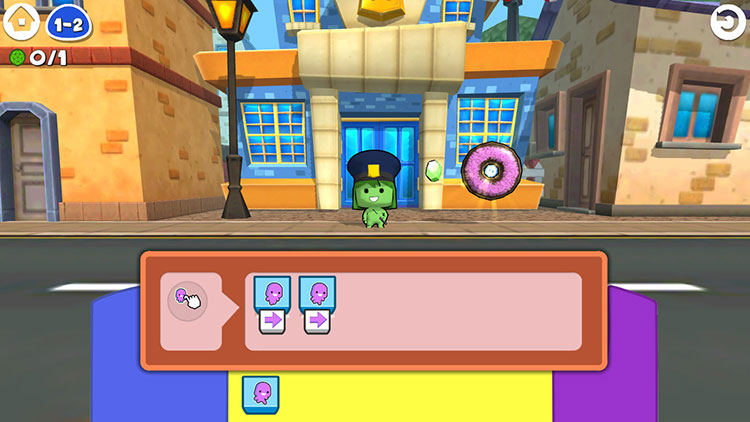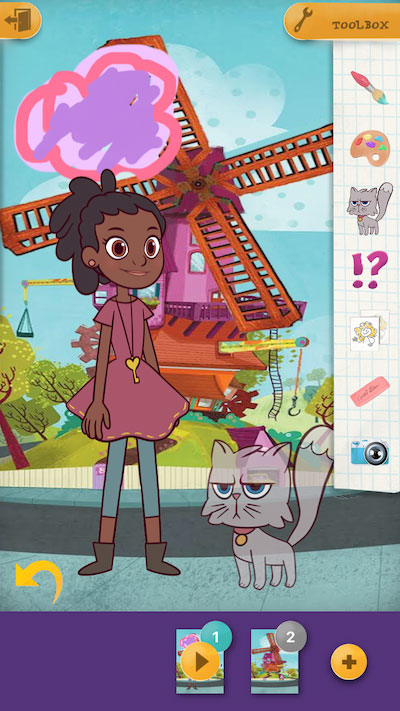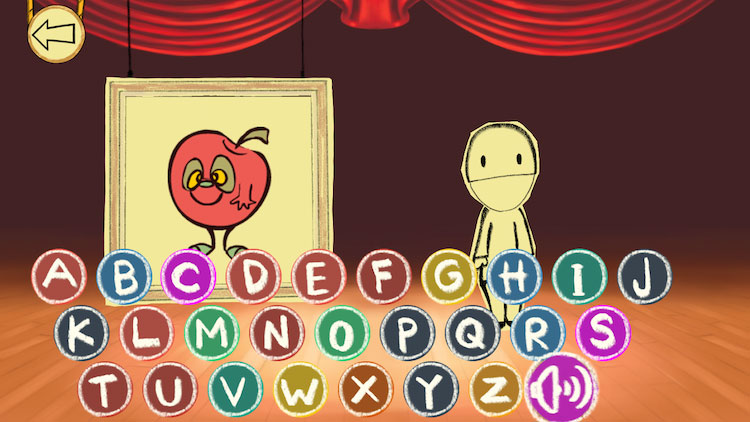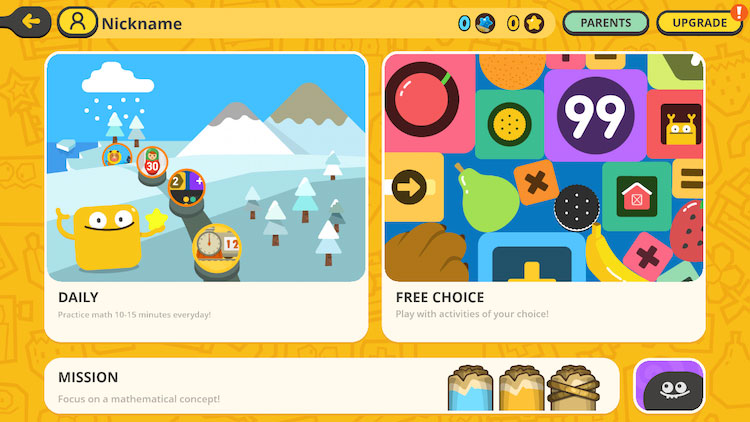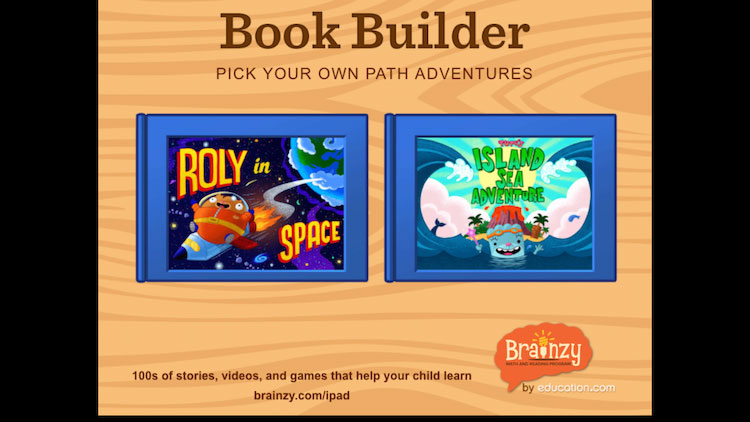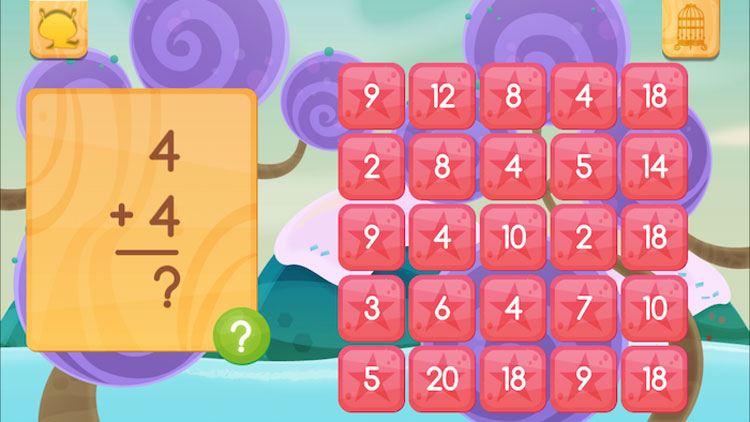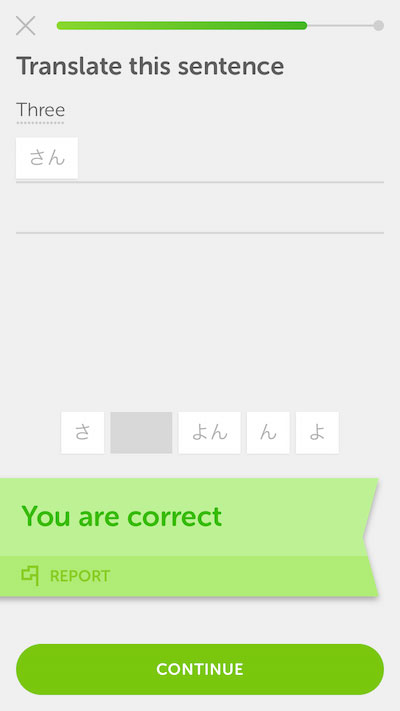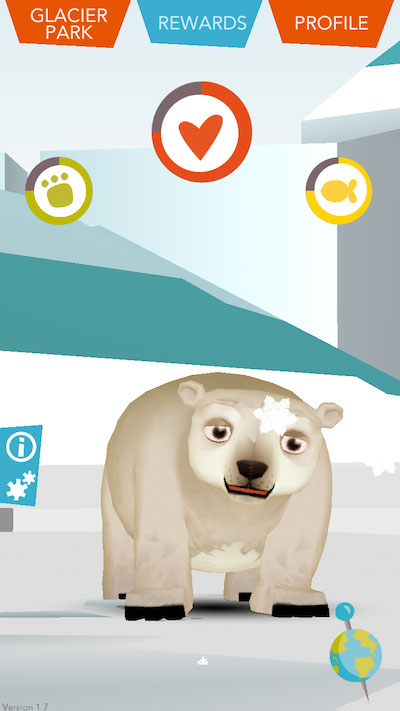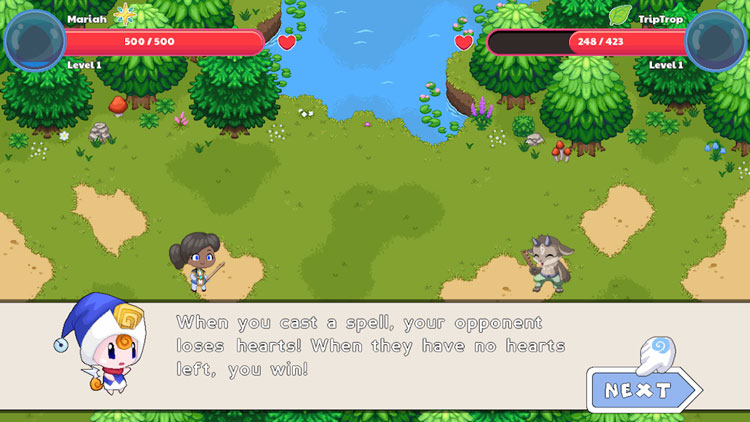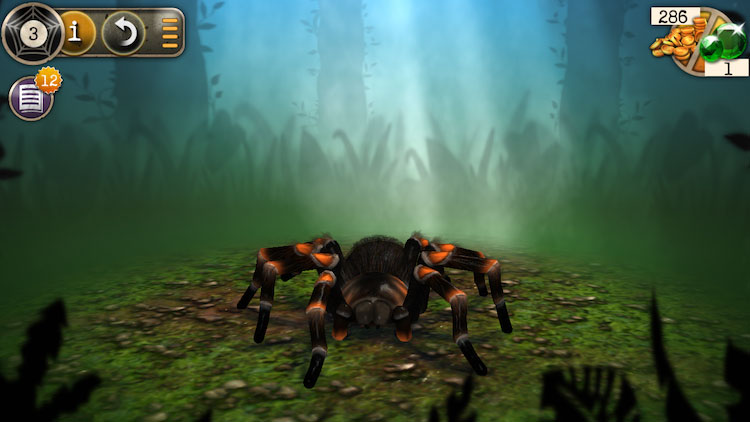Summer gives students a well deserved break. It’s a great time for them to play with friends, enjoy the warm weather, and stretch their legs after a year in the classroom.
With all that fresh air, be sure they’re eating healthy too. Don’t let your child’s brain grow hungry this summer by feeding them these seven brain boosting foods:
1. Eggs
The protein and nutrients in eggs help kids concentrate. Choline, found in egg yolks, also helps with memory development.
2. Greens
Spinach and kale make for great brain foods as they are linked to a decreased risk of developing dementia later in life due to the abundance of folate and vitamins. Kale is also a superfood packed with antioxidants, promoting the growth of brain cells.
3. Fish
Fish is a great source of vitamin D and omega-3s, which aid in preventing memory loss. The more omega-3s the brain receives, the better it functions and the better your child can focus.
4. Oatmeal
Oatmeal is an excellent source of energy for the brain in the morning that keeps the brain functioning at full potential throughout the day. Loaded with protein, fiber, and vitamins, oatmeal keeps heart and brain arteries clear.
5. Berries
Berries promote high levels of antioxidants, especially vitamin C. Studies have shown that the extracts of blueberries and strawberries have shown improved memory. Typically, the more intense the color, the more nutrition the berry has.
6. Milk & Yogurt
Dairy foods are rich in protein and B-vitamins which are essential for the growth of brain tissue, neurotransmitters, and enzymes. These brain foods also provide protein and carbohydrates – the preferred source of energy for the brain.
7. Summer Learning Programs
In addition to these superfoods, you can outsmart brain drain by enrolling your child in a summer learning program. Elementary students with high levels of attendance (at least five weeks) experience benefits in math and reading.
It may not be brain food, but the ThinkStretch Summer Learning Program will surely keep your child’s skills sharp. ThinkStretch is designed to encourage kids to maximize their education during their months off. Simple to start and easy to use, our workbook is equipped with everything you and your student need to make for a successful transition back to school in the fall. To kickstart your child’s summer curriculum, download a FREE info kit here.




